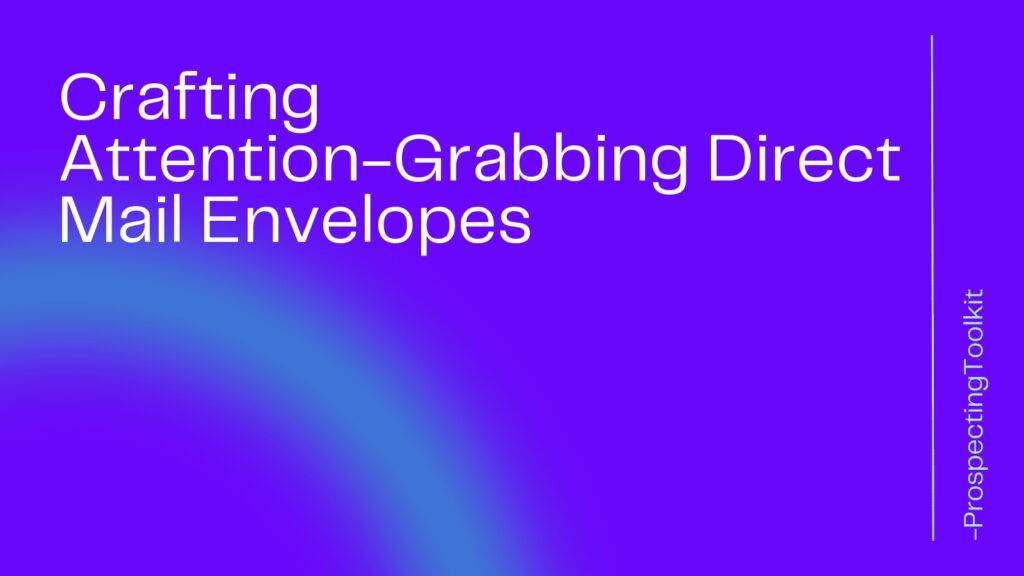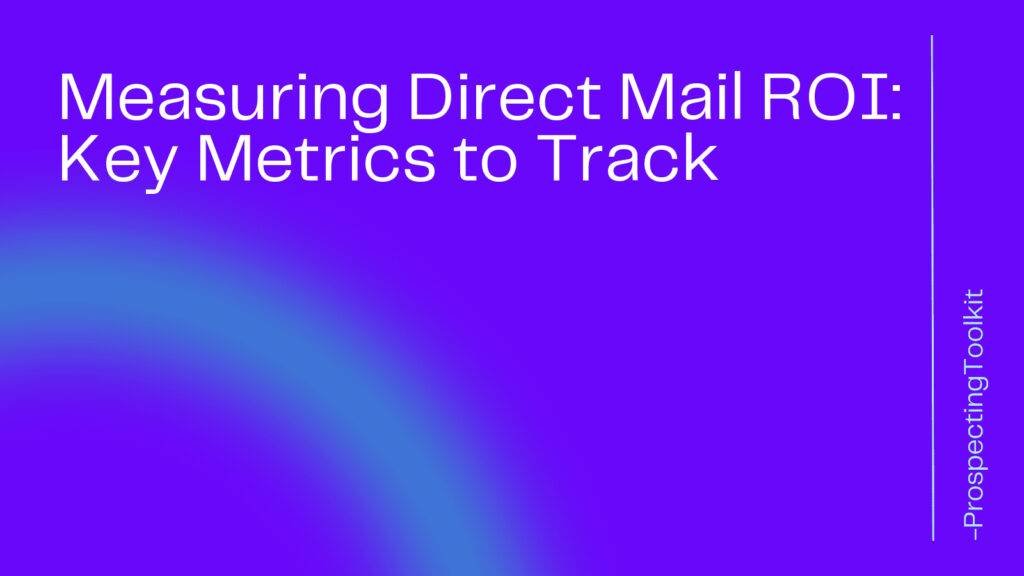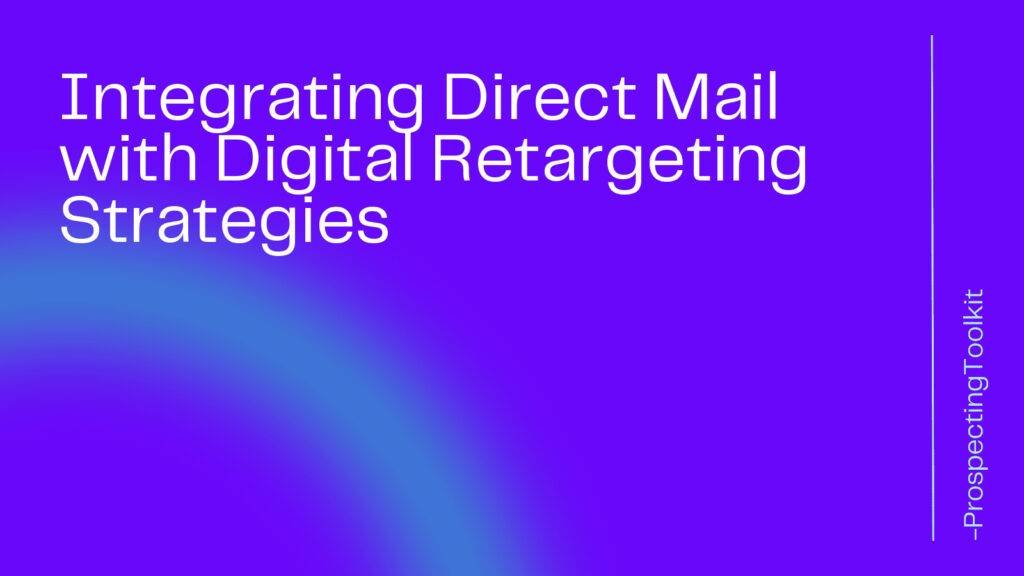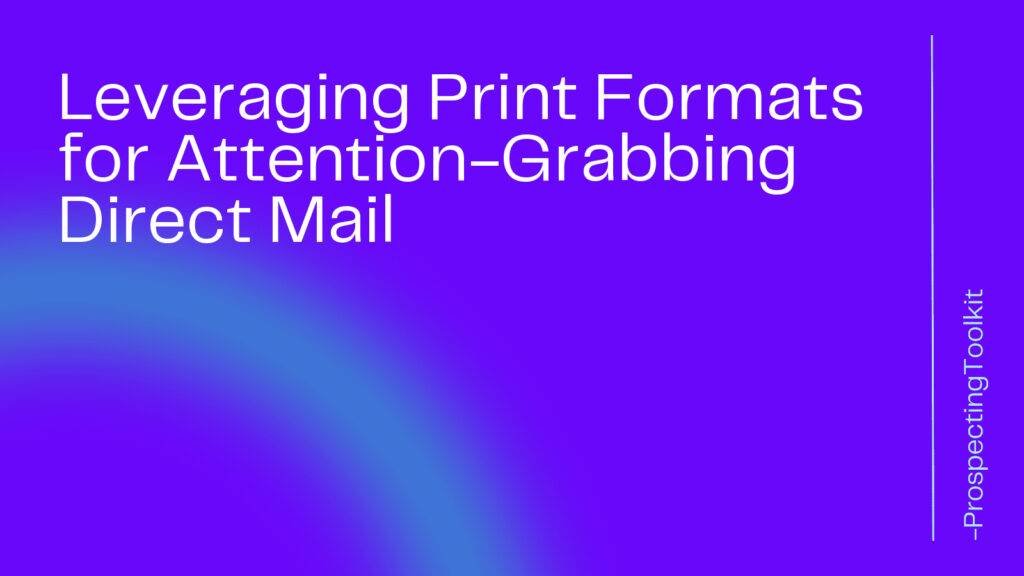Whether you’re passionate about helping others achieve financial freedom or simply want to share your own financial journey, a blog can provide you with a platform to connect with like-minded individuals and even generate income.
However, the idea of starting a blog can be overwhelming for beginners.
That’s why we’ve created this comprehensive step-by-step guide to help you kickstart your personal finance blog.
So, let’s dive in!
Table of Contents
Toggle1. Choosing a Niche
The first step in starting a successful personal finance blog is selecting a niche that aligns with your expertise and interests.
Consider narrowing down your focus to a specific area of personal finance, such as budgeting, investing, or debt management.
By specializing in a niche, you can establish yourself as an authority in that particular field and attract a targeted audience.
Remember to choose a niche that you are passionate about, as it will fuel your motivation and allow you to produce valuable content consistently.
Here are a few tips on how to find a personal finance blog sub niche:
- Start with your own interests and expertise. What are you passionate about within the personal finance space? What do you know a lot about? Once you have a general idea of your interests, you can start to narrow down your focus.
- Consider your target audience. Who are you writing for? Are you targeting millennials who are trying to save for their first home? Or are you targeting retirees who are looking to live comfortably on a fixed income? Once you know your target audience, you can start to think about what topics they would be most interested in reading about.
- Research the competition. What other personal finance blogs are out there? What topics are they covering? What are they doing well? Where could they improve? By researching the competition, you can identify gaps in the market and develop a sub niche that is not already well-served.
Here are a few examples of personal finance blog sub niches:
- Investing: This sub niche could cover topics such as how to choose the right investments, how to build a portfolio, and how to manage risk.
- Saving money: This sub niche could cover topics such as how to budget, how to cut back on expenses, and how to set financial goals.
- Debt management: This sub niche could cover topics such as how to get out of debt, how to negotiate with creditors, and how to improve your credit score.
- Personal finance for millennials: This sub niche could cover topics such as how to save for a down payment on a house, how to pay off student loans, and how to invest for retirement.
- Personal finance for retirees: This sub niche could cover topics such as how to live on a fixed income, how to maximize your Social Security benefits, and how to protect your assets in retirement.
Finding a personal finance blog sub niche is an important step in building a successful blog. By following the tips above, you can identify a sub niche that is both profitable and enjoyable for you to write about.
2. Setting Up Your Blog
Once you have determined your niche, it’s time to set up your blog.
Follow these steps to get started:
a. Choose a Domain Name
Your domain name is the web address of your blog, so it’s important to choose one that reflects your brand and is easy to remember. Consider using keywords related to personal finance in your domain name for better SEO.
Tips for choosing a great domain name:
- Make it short, memorable, and easy to type. A shorter domain name is more likely to be remembered by visitors and easier to type into a web browser.
- Use relevant keywords. If possible, include keywords related to your business or website topic in your domain name. This can help your website rank higher in search engine results pages (SERPs).
- Avoid hyphens and numbers. Hyphens and numbers can make your domain name more difficult to remember and type.
- Choose a popular top-level domain (TLD). The .com TLD is the most popular and trusted TLD in the world. Other popular TLDs include .net, .org, and .info.
- Check for trademark infringement. Make sure your domain name does not infringe on any existing trademarks.
Resources for finding a great domain name:
- Domain name registrars. Domain name registrars are companies that sell and register domain names. Some popular domain name registrars include GoDaddy, Namecheap, and Domain.com.
- Domain name generators. Domain name generators can help you come up with new domain name ideas. Some popular domain name generators include NameMesh, Lean Domain Search, and Domain Wheel.
Buying aged domains to improve SEO results:
Aged domains are domain names that have been registered for several years. Aged domains are often more valuable than new domain names, as they may have backlinks from other websites.
Backlinks are a key factor in SEO, so buying an aged domain with a strong backlink profile can help improve your website’s ranking in SERPs.
However, it is important to note that not all aged domains are created equal. Some aged domains may have a history of spam or other negative SEO practices. When buying an aged domain, it is important to research its history carefully.
Here are some tips for buying an aged domain:
- Use a domain appraisal tool to estimate the value of the domain.
- Check the domain’s backlink profile using a backlink analysis tool.
- Research the domain’s history using a WHOIS lookup tool.
- Buy the domain from a reputable domain marketplace.
Once you have purchased an aged domain, you will need to redirect your old domain to your new domain. This will ensure that your visitors are taken to your new website and that you keep your SEO benefits.
It is important to note that buying an aged domain is not a guarantee of success. There are many other factors that affect a website’s SEO ranking, such as the quality of its content and the user experience it provides. However, buying an aged domain can be a good way to give your website a boost in SERPs.
b. Register a Hosting Provider
A hosting provider is a service that stores your blog’s files and makes them accessible on the internet. Look for a reliable hosting provider that offers good speed, uptime, and customer support.
I highly recommend 10Web for WordPress hosting.
c. Install WordPress
WordPress is a popular and user-friendly content management system for blogs. Most hosting providers have a one-click WordPress installation feature, making it easy to set up your blog.
If you use 10Web, it’s already installed and optimized for speed.
d. Choose a Theme
Select a theme that suits your blog’s aesthetic and functionality requirements. There are numerous free and premium themes available, so choose one that aligns with your brand image.
You can feel free to use 10Web’s AI website builder, or consider a high quality premium theme with great starter templates like Blocksy to build your website quickly.
e. Customize Your Blog
Personalize your blog by adding your logo, customizing the colors, and arranging the layout. Make sure your blog is visually appealing and user-friendly to enhance the reader’s experience.
3. Creating High-Quality Content
Content is king in the blogging world. To attract and retain readers, you need to consistently produce high-quality, valuable, and engaging content.
Here are some tips for creating compelling content:
a. Conduct In-Depth Research
Prioritize research and gather relevant information before writing your blog posts. This will ensure that your content is accurate, informative, and authoritative.
b. Use Varied and Enriched Terms
To optimize your blog for SEO, it’s important to use diverse and enriched vocabulary. Avoid repetition and explore different terms related to your keywords to make your content more appealing to search engines.
c. Incorporate Visuals
Include relevant images, infographics, and videos in your blog posts to enhance readability and engage your audience. Visuals can also help simplify complex financial concepts and make your content more shareable on social media.
d. Write in an Intriguing Tone
To captivate your readers, adopt an intriguing and eloquent tone in your writing. Be concise and precise in your explanations while maintaining a friendly and approachable demeanor.
e. Utilize Keywords and Headings
Integrate relevant keywords naturally throughout your blog posts to improve your search engine rankings. Additionally, use descriptive headings and subheadings to break up your content and make it more scannable.
f. Use AI as an Assistant to Streamline the Process
With tools like ChatGPT and Bard out there, there’s no reason to create content 100% manually. Just make sure you put your own spin on it!
Check my course AI SEO Blogging for more info on how to use AI in your workflow.
4. Driving Traffic to Your Blog
Now that you have compelling content, it’s time to attract visitors to your blog.
Here are some strategies to drive traffic:
a. Search Engine Optimization (SEO)
Optimize your blog for search engines by incorporating relevant keywords, meta tags, and descriptions. Focus on creating valuable content that answers readers’ queries and attracts organic traffic.
Make sure to use Google Search Console to ensure your posts are being indexed by search engines.
Here’s a quick step by step guide to optimizing a new blog for SEO:
Step 1: Create a sitemap.xml
A sitemap.xml is a file that lists all of the pages on your website. It helps search engines crawl and index your website more efficiently. To create a sitemap.xml, you can use a WordPress plugin like Rank Math SEO or a sitemap generator like XML-Sitemaps.com.
Step 2: Submit your sitemap to Google Search Console
Google Search Console is a free tool from Google that allows you to monitor and improve your website’s performance in search results. To submit your sitemap to Google Search Console, go to the Sitemaps section of the tool and click the “Add a new sitemap” button.
Step 7: Build backlinks
Backlinks are links from other websites to your own. Backlinks are one of the most important factors for SEO, so it’s important to build high-quality backlinks to your blog.
You can build backlinks by guest blogging, submitting your blog to directories, and promoting your content on social media.
Here are some creative ideas for building backlinks to a new blog:
- Create linkable assets. Linkable assets are pieces of content that are so valuable or informative that other websites will naturally want to link to them. Some examples of linkable assets include infographics, data studies, e-books, and ultimate guides.
- Reach out to journalists and bloggers. If you have a newsworthy story or a piece of content that is relevant to a journalist or blogger’s audience, reach out to them and let them know. If they like your content, they may link to it in their article or blog post.
- Guest post on other blogs. Guest posting is a great way to get your content in front of a new audience and build backlinks to your blog. When guest posting, be sure to choose high-quality blogs that are relevant to your niche.
- Participate in industry forums and communities. There are many online forums and communities where people discuss topics related to your niche. Participate in these forums and communities by answering questions, sharing your expertise, and providing helpful advice. If you provide value to the community, people may link to your blog in their posts.
- Create broken link building opportunities. Broken link building is a process of finding broken links on other websites and reaching out to the website owners to let them know. If the website owners fix the broken links by linking to your content instead, you can earn backlinks to your blog.
- Run social media contests and giveaways. Social media contests and giveaways are a great way to generate excitement and engagement around your brand. When people enter your contests and giveaways, they may share your blog posts on their social media profiles. This can help you to reach a new audience and build backlinks to your blog.
- Create a “Resource” page on your website and list other websites in your niche that you recommend. When you link to other websites, they may be more likely to link back to yours.
- Offer to write a guest blog post for a website in your niche in exchange for a backlink.
- Create a link-building campaign that is specific to your niche. For example, if you blog about personal finance, you could create a campaign to get your content listed in financial directories.
- Use a tool like BuzzSumo to find popular content in your niche and reach out to the authors or websites that published it. You could ask them to include a link to your content in their article or blog post.
- Create a video or infographic that is relevant to your niche and share it on social media. When people share your video or infographic, they may also link to your blog.
By being creative and thinking outside the box, you can find many ways to build backlinks to your new blog. Just remember to focus on building high-quality backlinks from relevant websites.
Step 8: Monitor your SEO performance
Once you’ve optimized your blog for SEO, it’s important to monitor your performance and make adjustments as needed.
You can use Google Search Console to track your website’s traffic, rankings, and errors.
b. Guest Blogging
Collaborate with other personal finance bloggers and contribute guest posts to their blogs. This allows you to tap into their existing audience and redirect traffic back to your own blog.
c. Social Media Promotion
Leverage social media platforms like Facebook, Twitter, and LinkedIn to promote your blog posts. Engage with your audience,and share valuable snippets of your content to drive traffic back to your blog.
d. Email Marketing
Build an email list and send out regular newsletters to your subscribers. Provide exclusive content and updates to keep them engaged and encourage them to visit your blog.
e. Networking and Collaboration
Attend personal finance conferences and events to network with industry professionals. Collaboration opportunities can arise from these connections, widening your reach and driving traffic to your blog.
5. Monetizing Your Blog
Once you have established a solid reader base, you can explore different monetization strategies to generate income from your blog.
Here are a few popular options:
a. Display Advertising
Sign up for advertising networks like Google AdSense or Ezoic and display ads on your blog. Earn revenue based on the number of impressions or clicks the ads receive.
b. Affiliate Marketing
Promote relevant products or services through affiliate marketing. Earn a commission for every sale or lead generated through your affiliate links.
Here are some great affiliate programs for the personal finance niche in 2023:
- Personal Capital: Personal Capital is a financial dashboard that helps users track their net worth, investments, and spending. They offer a generous affiliate commission of up to 20% of the first year’s revenue generated from your referrals.
- Credit Karma: Credit Karma is a free credit monitoring and scoring service. They offer a variety of affiliate programs, including a referral program where you can earn $10 for every friend who signs up for a Credit Karma account and a lead generation program where you can earn up to $20 for every lead that you generate.
- Credit Sesame: Credit Sesame is another free credit monitoring and scoring service. They offer a two-tiered affiliate program where you can earn $10 for every new member who signs up for a Credit Sesame account and $1 for every existing member who takes a financial action, such as applying for a credit card or loan.
- Ally Invest: Ally Invest is a discount brokerage firm that offers a variety of investment products and services. They offer a competitive affiliate commission of up to $100 per funded account.
- Betterment: Betterment is a robo-advisor that offers automated investment management services. They offer a generous affiliate commission of up to $250 per funded account.
- Robinhood: Robinhood is a commission-free stock and cryptocurrency trading platform. They offer a referral program where you can earn a free stock for every friend who signs up for a Robinhood account and makes a deposit.
- Acorns: Acorns is a micro-investing app that rounds up your spare change and invests it in a diversified portfolio. They offer a referral program where you can earn $5 for every friend who signs up for an Acorns account.
- M1 Finance: M1 Finance is a brokerage firm that offers commission-free stock and ETF trading. They also offer fractional shares investing, which allows you to invest in stocks and ETFs with as little as $1. M1 Finance offers a competitive affiliate commission of up to $50 per funded account.
- Binance: Binance is the largest cryptocurrency exchange in the world. They offer a generous affiliate commission of up to 50% of the trading fees generated from your referrals.
- Coinbase: Coinbase is another popular cryptocurrency exchange. They offer a competitive affiliate commission of up to 50% of the trading fees generated from your referrals.
- Wise (formerly TransferWise): Wise is a money transfer service that offers low fees and exchange rates. They offer a variety of affiliate programs, including a referral program where you can earn a free transfer for every friend who signs up for a Wise account and makes a transfer.
c. Sponsored Content
Collaborate with brands and write sponsored blog posts or reviews. Be transparent with your audience about sponsored content and only promote products or services that align with your blog’s niche and values.
d. Digital Products
Create and sell digital products such as e-books, online courses, or financial calculators. Leverage your expertise to provide value to your audience and generate income.
Here are some ideas for digital products that you could create and sell on your personal finance blog:
Ebooks: Ebooks are a great way to share your expertise and knowledge with your audience in a comprehensive and easy-to-read format. Some ideas for ebooks on personal finance include:
- How to Budget and Save Money
- How to Invest for Beginners
- How to Get Out of Debt
- How to Retire Early
- How to Teach Your Kids About Money
Online Courses: Online courses are another great way to share your knowledge with your audience. You can create online courses on a variety of personal finance topics, such as:
- Personal Budgeting
- Investing for Beginners
- Debt Management
- Retirement Planning
- Financial Literacy for Kids
Templates and Worksheets: Templates and worksheets can help your audience save time and organize their finances more effectively. Some ideas for templates and worksheets on personal finance include:
- Budget Templates
- Investment Trackers
- Debt Payment Planners
- Retirement Savings Calculators
- Net Worth Statements
Software: If you have the technical skills, you can create and sell software that helps people manage their finances. Some ideas for software on personal finance include:
- Budgeting Software
- Investment Tracking Software
- Debt Payment Software
- Retirement Planning Software
- Net Worth Tracking Software
e. Consulting or Coaching Services
Offer personalized consulting or coaching services related to personal finance. Use your blog as a platform to showcase your expertise and attract clients.
FAQs
How long does it take to start a successful personal finance blog?
The timeline varies depending on individual circumstances, but typically it can take a few weeks to set up your blog and start producing content. Building a dedicated reader base and generating income may take several months or longer.
Do I need to have a background in personal finance to start a blog?
While having a background in personal finance can be advantageous, it’s not a prerequisite. As long as you’re willing to conduct thorough research and continuously educate yourself, you can provide valuable insights to your readers.
How often should I publish new blog posts?
Consistency is key, but it’s more important to prioritize quality over quantity. Aim to publish high-quality blog posts on a regular basis, whether it’s once a week or once every two weeks. Find a schedule that works for you and stick to it.
Can I start a personal finance blog as a side hustle?
Absolutely! Many successful personal finance bloggers started their blogs as a side hustle and eventually turned it into a full-time income stream. It requires dedication and time management, but it can be a fulfilling and profitable endeavor.
How can I stay motivated to blog consistently?
Find your passion and purpose in helping others achieve financial well-being. Set goals, celebrate milestones, and connect with other bloggers in the personal finance community for support and inspiration. Remember why you started your blog in the first place and let that drive your motivation.
Conclusion
Starting a personal finance blog in 2023 can be an exciting and fulfilling journey.
By following this step-by-step guide, you’ll be equipped with the knowledge and tools to create a successful blog and make a positive impact in the personal finance space.
Remember, consistency, valuable content, and a strong connection with your readers are the keys to long-term success.
So, what are you waiting for?
Start your personal finance blog today and embark on an adventure that combines your passion for finance with the power of digital storytelling.
Happy blogging!







